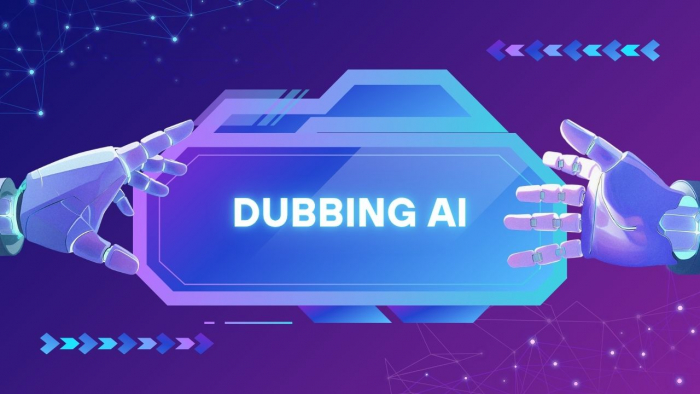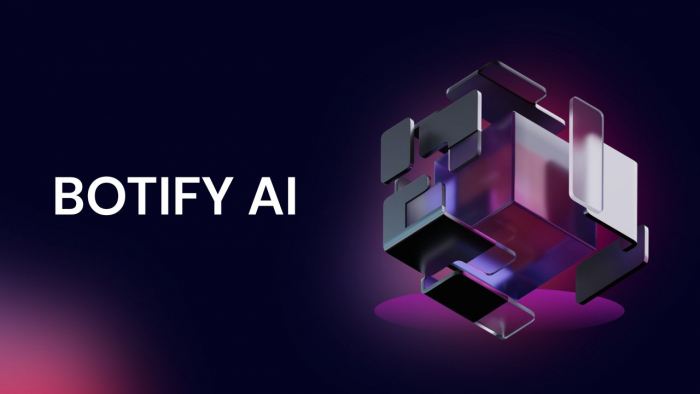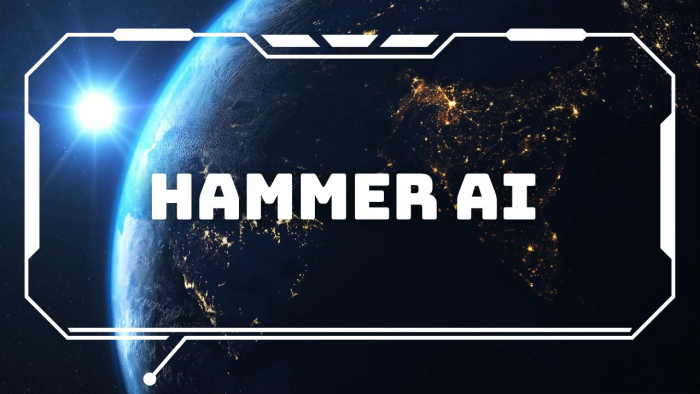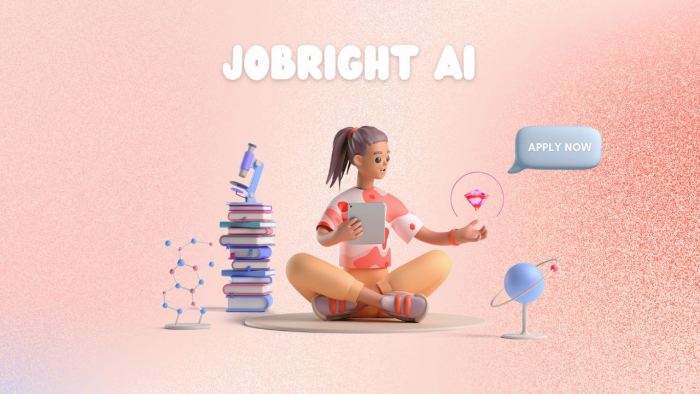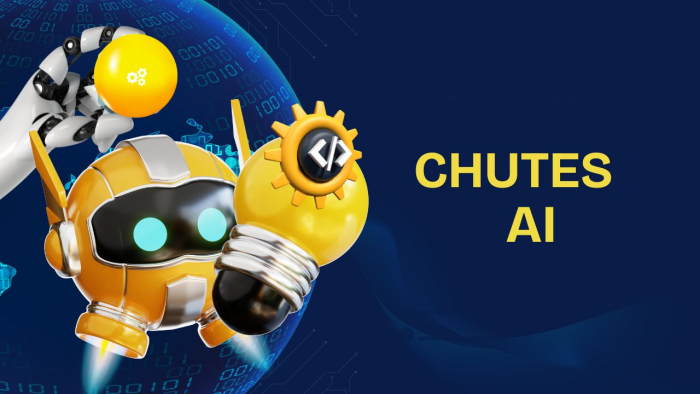Table of Content
- The Enigma of SalyteLearn AI
- What the Website Reveals — and Hides
- Secondary Sources & Mentions of SalyteLearn
- Interpreting the Web Silence
- The Vision Behind SalyteLearn
- Benefits if Executed Well
- Business Model and Adoption
- Challenges on the Horizon
- Roadmap Toward Credibility
- Why SalyteLearn Is Worth Watching
- Conclusion: From Empty Website to Future Vision
The Enigma of SalyteLearn AI
Artificial intelligence is shaking up education, with new tools promising to personalize lessons, automate feedback, and make learning more engaging. One of the names surfacing in this space is SalyteLearn (sometimes referred to as Salytelearn).
But here’s the twist — while SalyteLearn is mentioned on directories and content snippets, its official website is almost empty, raising questions about what it is, where it’s going, and whether it’s real or just hype.
This article dives into what the website and web footprint reveal, the potential behind the idea, and what SalyteLearn would need to do to become a serious AI-driven edtech contender.
What the Website Reveals — and Hides
Visiting salytelearn.com right now doesn’t inspire confidence. The page shows “no information is available”, with no live product demo, no official feature list, and no contact information.
For an edtech startup, this is critical. A homepage should be the gateway to trust, showcasing features, team, pricing, and mission. The absence suggests:
- The project may be in stealth or under construction.
- The domain may be parked without an active build.
- The initiative may lack funding or momentum.
Secondary Sources & Mentions of SalyteLearn
Even though the site is blank, the name SalyteLearn pops up in a few places:
- There’s An AI For That (TAAFT) — SalyteLearn appears in the AI directory, grouped under educational tools.
- Scribd Document — a file titled “1 SalyteLearn” exists but offers no substantial details or reviews.
- Adobe Sherlockbot article — references “Salytelearn Now.gg,” hinting at possible cloud-based deployment or app hosting.
However, there’s no chatter on Reddit, Twitter, or TikTok — unusual for any AI tool in 2025, where social buzz usually drives discovery.
Interpreting the Web Silence
The lack of a visible product or community feedback suggests three possibilities:
- Stealth mode project – quietly developing before launch.
- Concept or pitch deck only – a proposal that never reached execution.
- Low-effort attempt – minimal investment, relying on directory mentions without real infrastructure.
Each path has very different outcomes, but without basic web presence, SalyteLearn risks being dismissed as vaporware.
The Vision Behind SalyteLearn
_1758871359.png)
If we take the claims at face value, SalyteLearn is meant to be an AI-driven adaptive learning platform. That could mean:
- Personalized learning paths that adapt to student performance.
- AI tutors delivering real-time feedback and explanations.
- Interactive multimedia modules instead of static slides.
- Accessibility features like multi-language, text-to-speech, and voice input.
- Collaboration tools where students, teachers, and AI interact in real time.
Benefits if Executed Well
If SalyteLearn fulfills its vision, it could deliver:
- For Students: customized revision, simplified explanations, gamified learning.
- For Educators: automated grading, lesson planning aids, analytics dashboards.
- For Schools: scalable infrastructure, easy LMS integration.
- For Professionals: bite-sized, AI-curated upskilling modules.
This aligns with where the future of education is already heading — toward adaptive, AI-enhanced models that free up human teachers to focus on creativity and mentorship.
Business Model and Adoption
Given the edtech landscape, SalyteLearn could monetize through:
- Freemium tiers with premium features (like analytics or advanced tutoring).
- Institutional licensing for schools and universities.
- Corporate upskilling packages for businesses training employees.
The challenge is adoption. Schools and universities are cautious, often preferring proven platforms (Coursera, Khan Academy, Duolingo Max). Without credibility, SalyteLearn would need strong case studies to win trust.
Challenges on the Horizon

Bringing SalyteLearn from concept to reality isn’t simple. The main challenges include:
- Data Quality – AI models must be trained on accurate, diverse datasets.
- Trust & Transparency – without an official site, transparency already looks shaky.
- Adoption Curve – institutions will demand rigorous testing before switching.
- Regulatory Compliance – especially around GDPR, FERPA, and child data laws.
Roadmap Toward Credibility
For SalyteLearn to succeed, here’s a practical roadmap:
- Launch a functional landing page with basic information.
- Release a beta demo — even if limited — for testing.
- Collect feedback from pilot users (students, teachers).
- Publish transparent results (accuracy, outcomes, testimonials).
- Scale gradually with LMS integrations and institutional adoption.
Why SalyteLearn Is Worth Watching
Even with its gaps, SalyteLearn symbolizes where education is heading: AI-first, adaptive, inclusive, and data-driven. Whether it becomes a reality or remains just a name, it highlights the growing demand for platforms that blend technology with learning outcomes.
Conclusion: From Empty Website to Future Vision
Right now, SalyteLearn is more mystery than product. Its website hides more than it shows, and its presence is scattered across directories and documents without real proof.
But the idea behind it — AI-driven adaptive education — is powerful. If the creators bring it to life with transparency and execution, SalyteLearn could one day stand alongside the most impactful edtech innovations of the decade.
Until then, it remains a domain of possibility.
Post Comment
Be the first to post comment!

